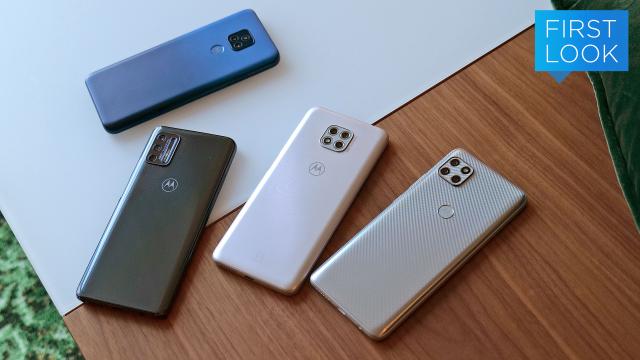CES typically isn’t a big show for smartphones, but that hasn’t stopped Motorola from giving the entire Moto G lineup a big refresh to start the year, along with a new version of Motorola’s most affordable 5G phone.
With the arrival of the new Moto G family and the new Moto One 5G Ace, Motorola will have a range of brand new phones for basically every price bracket under $500.
Motorola revived the Moto G Play, which starts at $US170 ($219), as the most affordable handset of the bunch, and while it’s pretty basic, it has most of the essentials covered. You get a 6.5-inch 1600 x 720 (yes that’s HD, not full HD) display, a Qualcomm Snapdragon 460 chip, 3GB of RAM, 32GB of storage, a microSD card slot, and a pretty large 5,000 mAh battery.
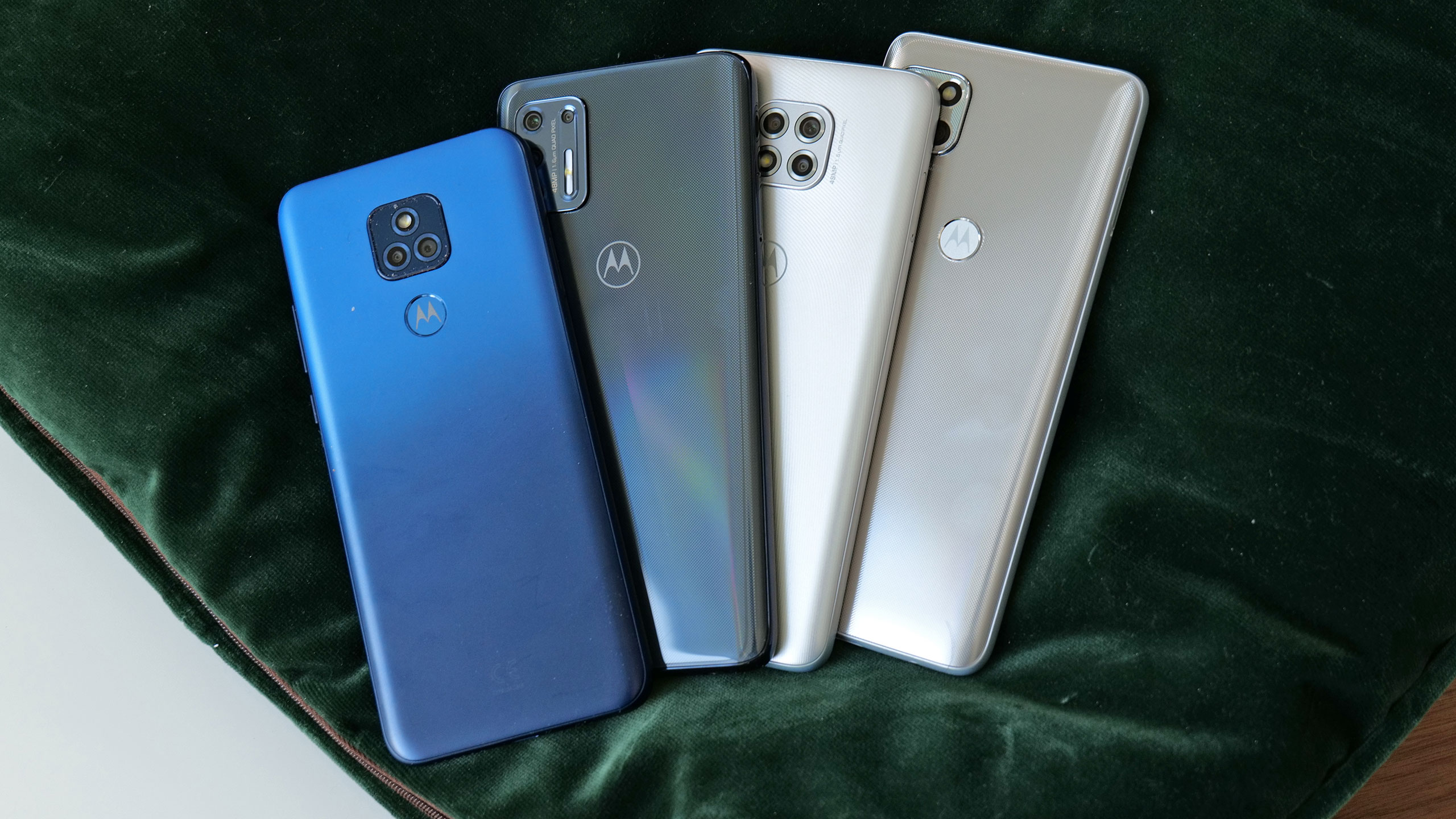
There’s also a fingerprint sensor built into the Motorola logo in back, and what looks like dual cameras but is actually one — the Moto G Play features a 13-MP main cam and a 2-MP depth cam to help with portrait mode shots. And to round everything out, the Moto G Play has a relatively sturdy matte plastic back with some light water resistance meant to guard against small spills or rain.
Next we come to what might be my favourite phone of the bunch, the Moto G Power, which retains the same 5,000 mAh battery used in the Moto G Play, but adds slightly better specs. Depending on where you get it, the G Power will be available in two configs: a $US200 ($258) model with 3GB of RAM and 32GB of storage, or a $US250 ($323) model with 4GB of RAM and 64GB of storage.
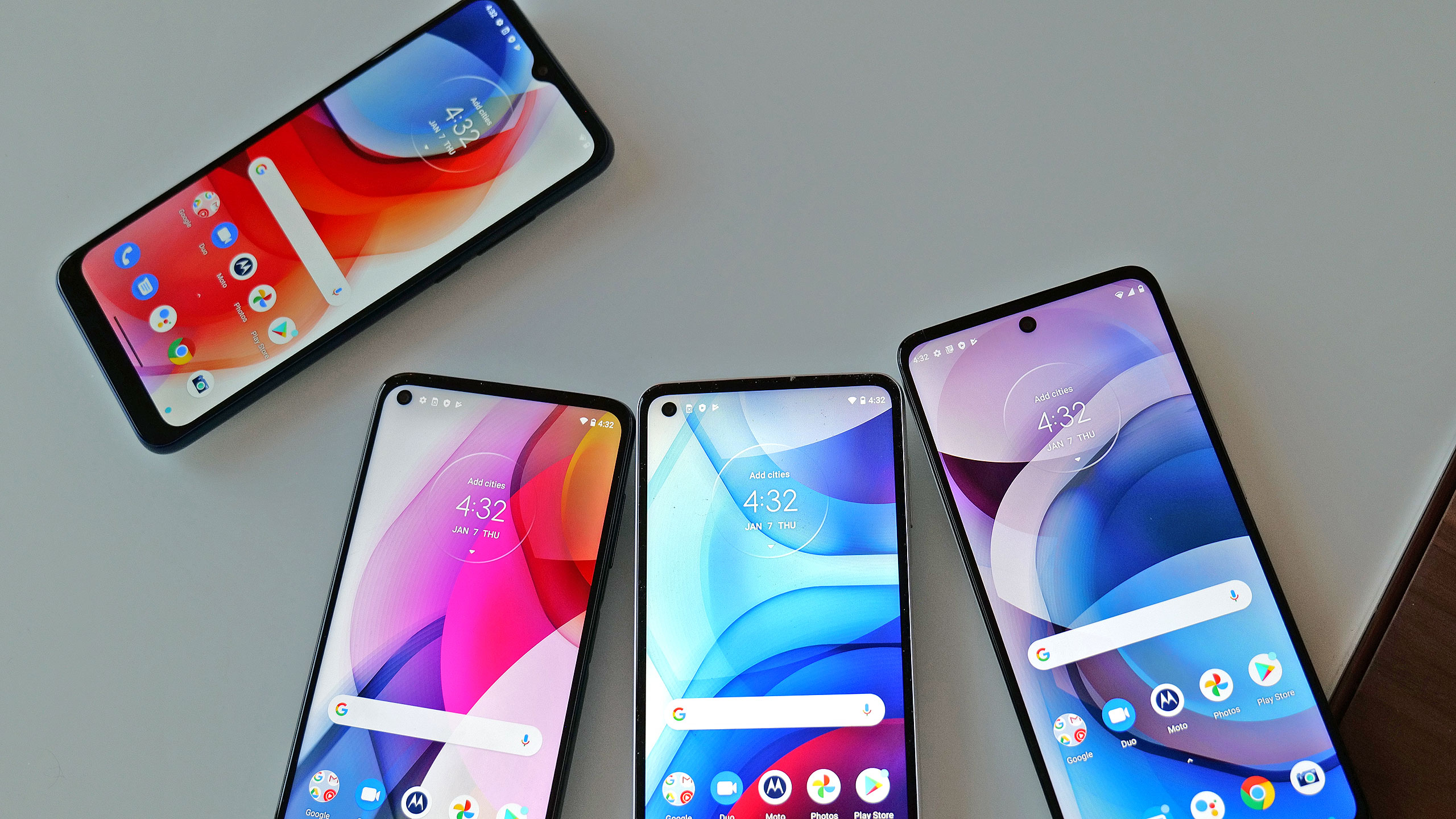
Regardless of which config you pick, the G Power also features a Qualcomm Snapdragon 662 processor, a slightly larger 6.6-inch 1600 x 720 display, a microSD card tray, and three rear cams (48-MP main, 2-MP macro, and a 2-MP depth cam). To me, the G Power hits the budget sweet spot and is able to cover most of the bases without adding a lot of extra frills, though I would have liked to see Motorola include either an ultra-wide or a telephoto cam in place of that macro lens.
Then there’s the Moto G Stylus, which starts at $US300 ($387) and does its best to be a much more affordable alternative to Samsung’s high-end Galaxy Note line. That’s because while a stylus does come included (stashed inside a convenient slot in the side of the phone), it doesn’t have any buttons or additional wireless features like you get from Samsung’s S-Pens.
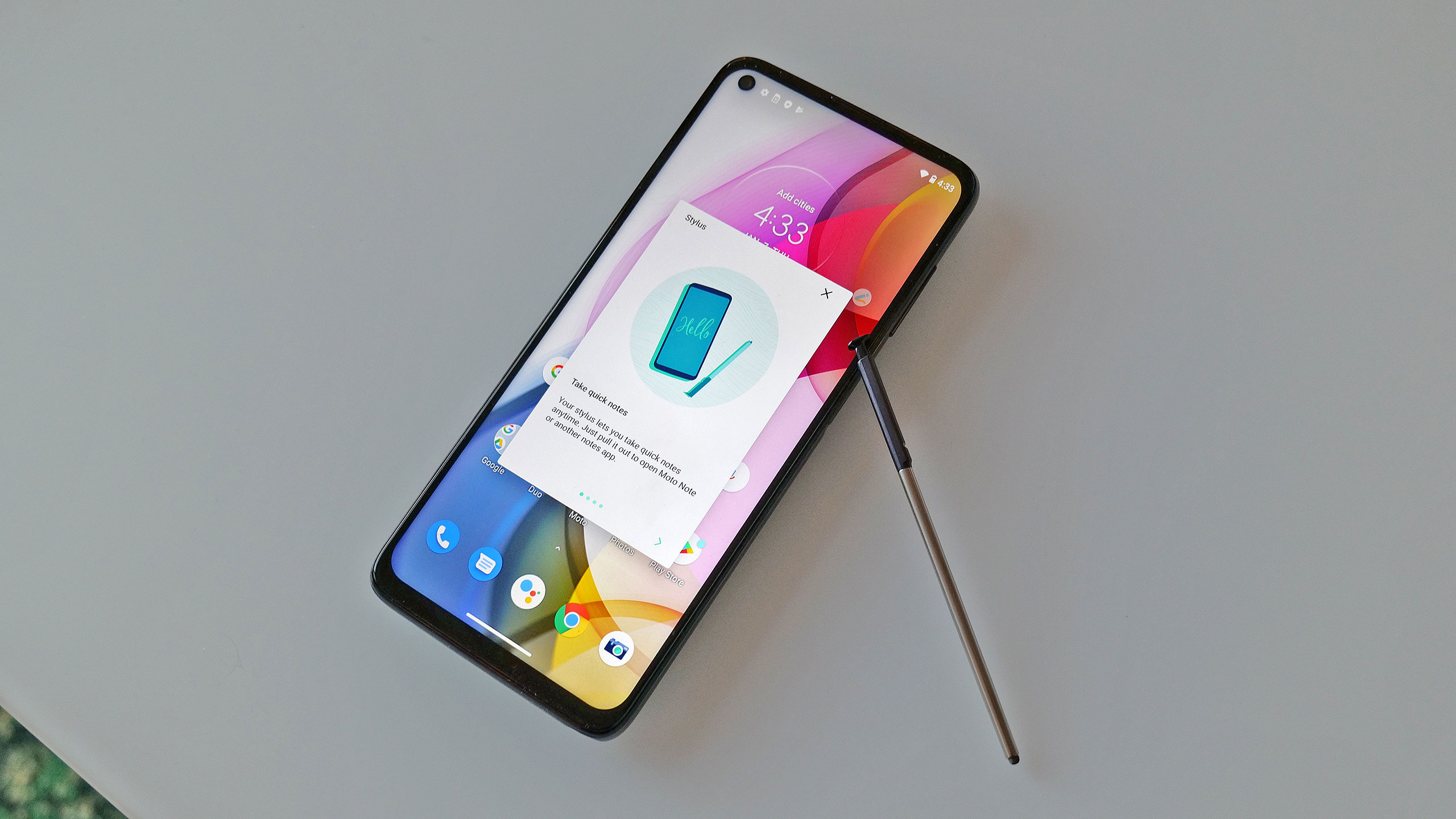
To support all your drawing and note-taking needs, Moto has refreshed the Moto Notes app while bumping up the size of the G Stylus’ display to a 6.8-inch FHD+ screen, with the G Stylus also getting a small bump in performance from the G Power with a Snapdragon 678 chip, and 4GB of RAM and 128GB of storage standard. However, with a smaller 4,000 mAh battery (and a larger screen), don’t expect the G Stylus’ battery life to be quite as good as its less expensive siblings.
However, in back the G Stylus does get three real cameras: a 48-MP main cam, 8-MP ultra-wide cam, and 2-MP macro cam (plus a fourth depth sensor). And instead of a rear-mounted fingerprint sensor, both the G Power and the G Stylus get side-mounted fingerprint readers located just below the power button and volume rocker on the right.

Finally, while it’s technically not a part of the Moto G family, there’s also the new Moto One 5G Ace. Starting at $US400 ($516), the Moto One 5 Ace is now Motorola’s cheapest 5G phone and $130 less than the original Moto One 5G (which launched last spring), though it comes with the caveat that it only supports sub-6Ghz 5G and not the faster mmWave 5G. Aside from that one small detail, the rest of the Moto One 5G Ace’s specs look quite good for the money. It comes with a Snapdragon 750G chip, 4GB of RAM, 64GB of storage, and a large 5,000 mAh battery, with some retailers also offering a model with 6GB of RAM and 128GB of storage.
In front, there’s a 6.7-inch 2400 x 1080 FHD+ display and a 16-MP selfie cam (which the G Stylus also gets), while in back it has a similar camera setup to the G Stylus, with a 48-MP main cam, 8-MP, ultra-wide cam, and 2-MP macro cam.

All told, with the new Moto One 5G Ace and Moto G family, it seems like Motorola is looking to gobble up even more of the budget and mid-range phone market. Moto may have made one phone too many, because if you look at their specs and features, there aren’t as many differences between models as you might expect.
But there are some nice consistencies across all of these phones, including the retention of a 3.5mm audio jack, a generally clean take on Android, and improvements to a lot of basic apps and features, such as Moto’s nighttime camera mode.
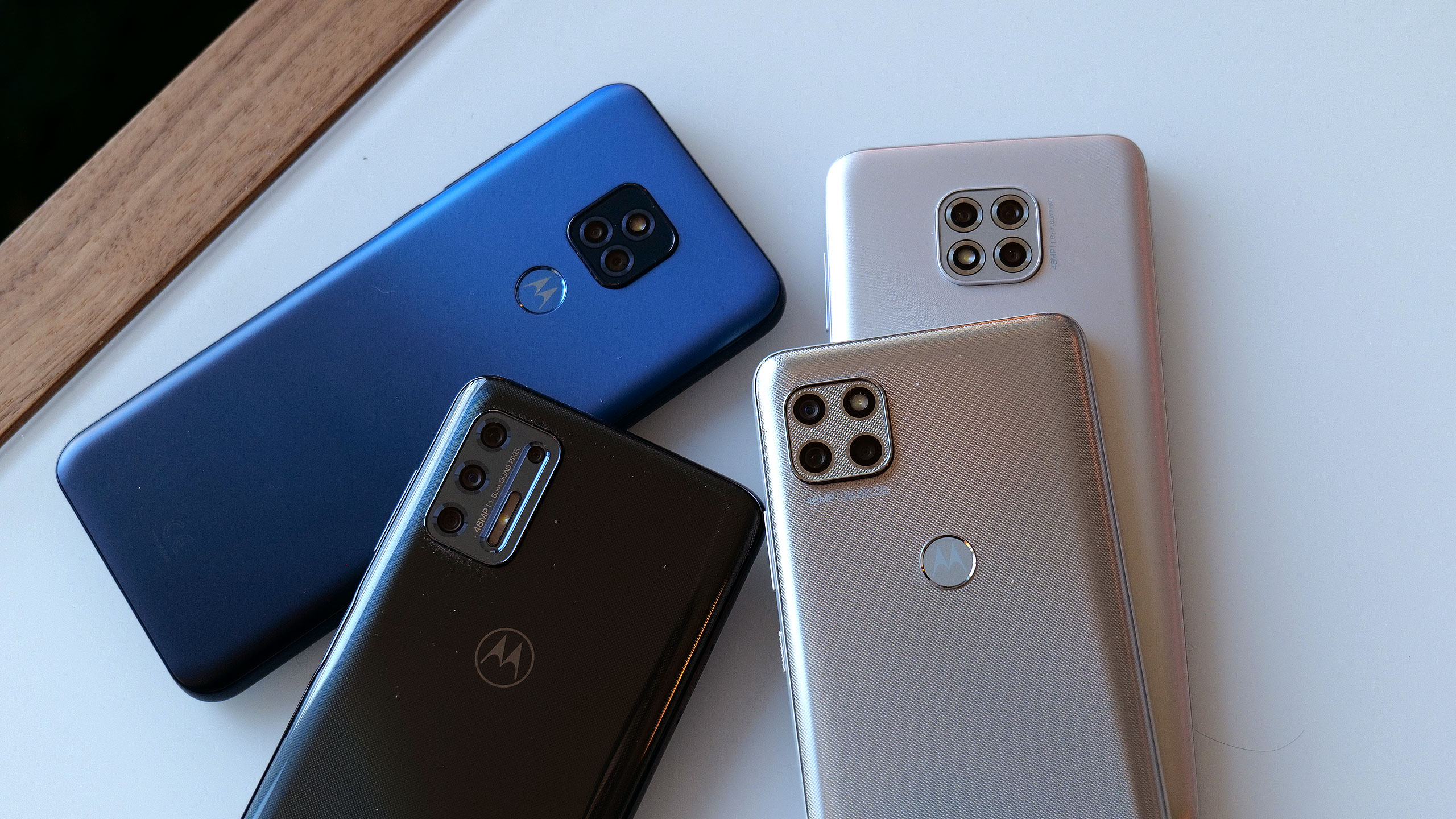
However, I still find it strange that while the Moto One 5G has support for NFC, which you need to use apps like Google Pay, Motorola skipped adding NFC to any of the less expensive Moto G handsets. But what might be even more upsetting is that all of these phones will arrive running Android 10 and not Android 11, which officially launched back in September. And while Moto says it will provide an update to Android 11 sometime in the future, that’s the only major Android update any of these phones are scheduled to get, which is a real bummer for anyone thinking of holding onto these phones for more than a year.
But if you’re looking for a new budget phone, Moto is kicking off the year by giving you a bunch of options. The new Moto G family and the Moto One Ace 5G will all be available unlocked from a number of retailers starting January 14.
Editor’s Note: Stay tuned for local Australian pricing and availability.
